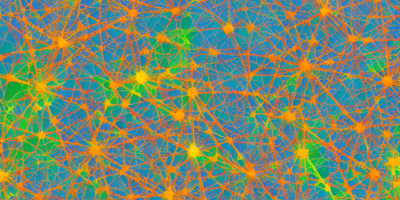Cryptocurrency markets, like stock and commodity markets, have been plagued by the illegal practice of wash trading since their inception. Wash trading is a manipulative tactic where market participants engage in self-directed trades to artificially alter market activity, exploiting distortions for personal gain. While conventional financial markets have rigorously policed such activities through the Securities and Exchange Commission (SEC), cryptocurrency markets remain vulnerable due to their decentralized nature.
What is Wash Trading?
Wash trading involves a single actor or a coalition of actors engaging in self-directed trades that create the illusion of market activity. These trades are designed to distort price movements, making it appear as though there is more liquidity and demand than actual. This manipulation can lead to an inflated price, which can then be exploited for profit by other market participants.
How Does Wash Trading Affect Cryptocurrency Markets?
Wash trading in cryptocurrency markets can have severe consequences, including:
- Market instability: The artificially created liquidity and demand can lead to price swings, causing market volatility and unpredictability.
- Unfair advantage: Wash traders can manipulate prices, giving them an unfair advantage over other market participants who rely on genuine market activity.
- Lack of trust: The presence of wash trading undermines the legitimacy of cryptocurrency markets, leading to a loss of trust among investors and potential participants.
How Can Wash Trading Be Detected in Cryptocurrency Markets?
To combat the effects of wash trading, researchers have developed methods to detect its occurrence in cryptocurrency markets:
- Roundedness filters: Cong et al. (2023) proposed using roundedness filters to identify self-directed trades that do not resemble natural market activity. These filters can accurately identify wash trading patterns with minimal false positives.
- Hyperparameter optimization: By optimizing hyperparameters through direct access to market data, these approaches can be closely aligned, providing the most accurate detection possible.
Conclusion
Wash trading remains a pervasive issue in cryptocurrency markets, threatening their stability and legitimacy. As these markets continue to evolve, it is essential to develop and implement effective detection methods to prevent manipulative activities. By demystifying complex concepts and using engaging analogies, we can foster greater understanding of the underlying issues and work towards a more robust and resilient cryptocurrency ecosystem.



